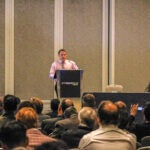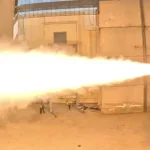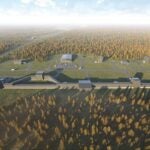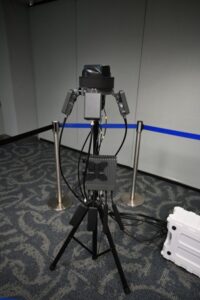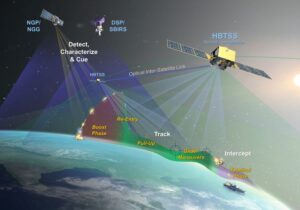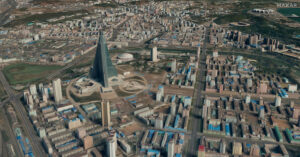
KISSIMMEE, Fla.—Geospatial Intelligence (GEOINT) plays a key role in helping the CIA better understand the cyber threats facing the U.S. and its interests, a senior official with the agency’s Center for Cyber Intelligence (CCI) said this week. That intelligence is used by CCI at the” front-end” of operations through “finished analysis” for policymakers,” Dare King, chief operating officer of the cyber center, said on Sunday during a keynote address on the opening day of the annual GEOINT conference near Orlando.…

 By
By 
